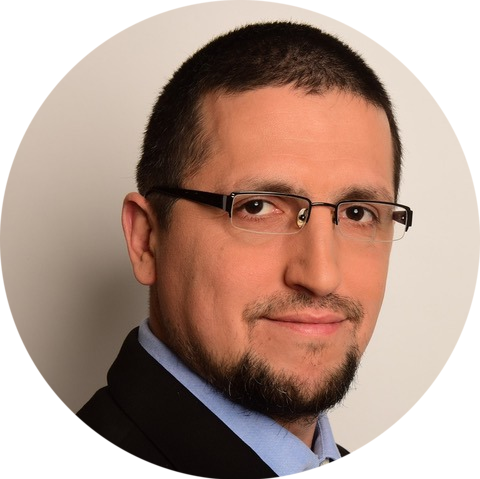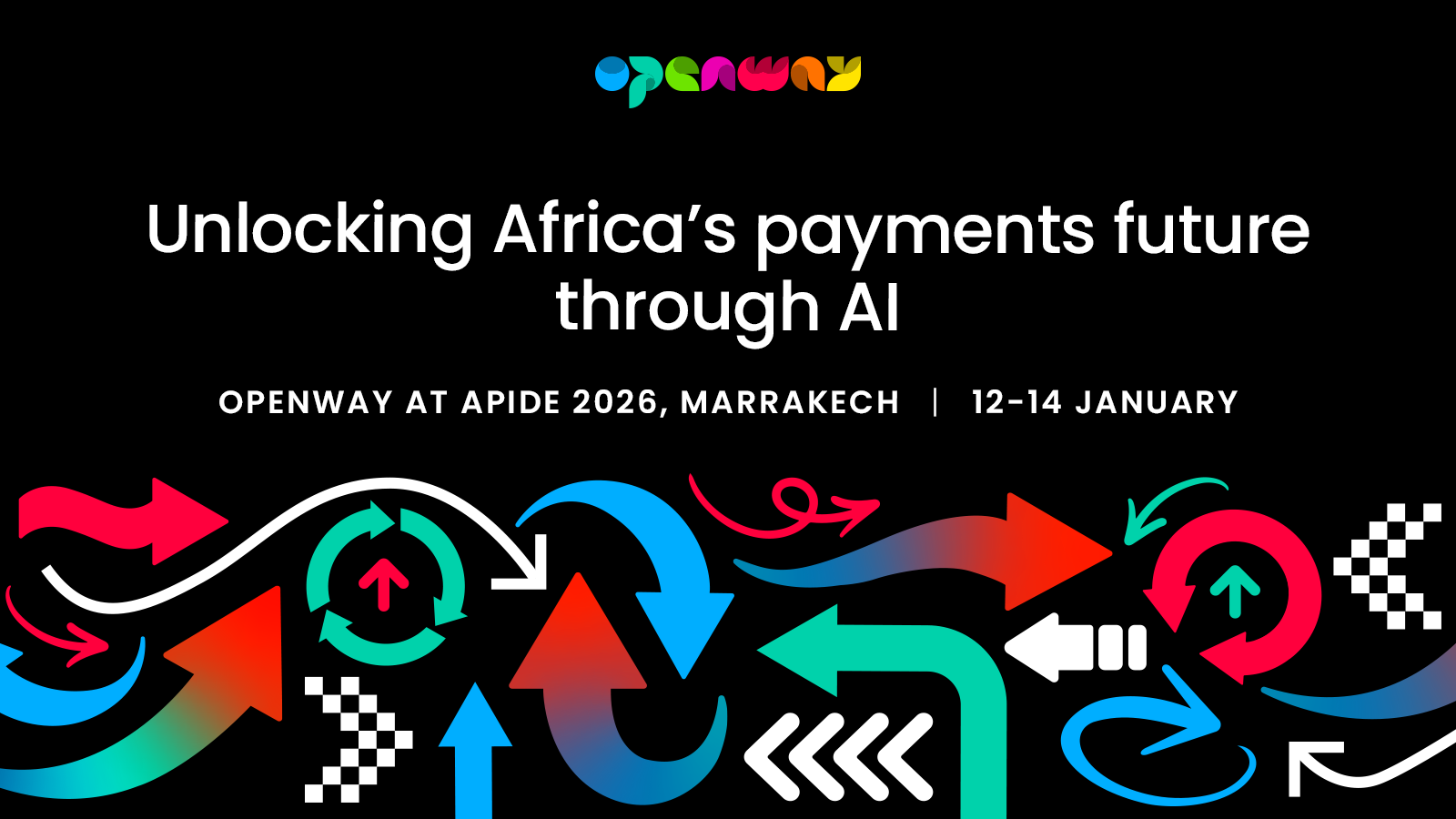
“Nobody likes payments.” With these words, Ilya Dubinsky, VP CTO Office of Finaro (now part of Shift4), started his presentation at OpenWay Club 2021. With customers looking for a fuss-free payment experience, and merchants seeing payment providers as a necessary but annoying utility service, how do you provide a reliable acquiring service and ensure a double-digit growth just to survive?
Ilya gave us a simple recipe in this video interview.
Finaro (now part of Shift4) is an innovative award-winning European merchant acquiring bank serving global e-commerce merchants and PSPs. Finaro uses Way4 Acquiring to automate its merchant back office and connect to the international payment schemes.
Here is the full interview recording. Additionally, for your convenience, the video is acсompanied by the interview transcript. Enjoy watching!
Finaro: re-imagining e-commerce acquiring in partnership with OpenWay
Ilya Dubinsky: Our company started as an acquirer bank in the European Union. It was quite a few years ago. Since then, we have upgraded our license to become a full credit institution. We have launched a PSP alongside the acquiring business that we already had, and we keep growing. We add payment methods, geographies, new services, we keep rolling them out.
Our specialty is servicing e-commerce merchants, especially those who provide cross-border e-commerce. That’s not the only segment in which we operate, but it certainly is the largest and the one that we know best.
How can acquirers make payments likable?
For people to like payments, the payments should become invisible. They should be very fast, reliable and secure. And I think that’s what we are doing. Some of these goals are achieved because of our superior infrastructure, others because of different value-added services that we provide to the merchant to help them achieve that convenience and security. But yes, to make payments as easy and as seamless as possible is the way forward with that.
We have a distributed infrastructure, with active-active data centers that provide services from two different points globally. It contributes to the payment speed, because wherever the merchant is located, they get the local connection. One of the things that powers it is the high availability framework that we have on the Way4 platform.
What technologies will change acquiring in Europe?
Ilya Dubinsky: Technology will be part of the change, but technology will not be the reason for the change, I think. I believe that the technologies that are disruptive have already landed, so to speak. I do think that tethered and central bank digital currencies will play a role in how we manage payments, especially in the interbank settlements space.
Open banking is going to be a huge shift in the landscape for payments, in Europe especially, but also elsewhere, because the initiative spreads like a wildfire.
The increased competition of acquirers and consumer expectations for faster adoption of new services, for payment methods, the experiments, is going to be a significant trend that will affect the market.
I do think that we are yet to see major conversions of different types of payment methods that are currently used by different countries. Even though Europe is a single community, and a lot of areas are uniform, the payment methods that stem from legacy applications differ wildly between countries. And it means that we are very far from settling down to a particular kind of payment method. There will be a lot of turmoil, to which acquirers will have to respond in that space.
How does Finaro monetize data?
Ilya Dubinsky: Well, to answer your question of how do we collect the data, we do it obsessively. We really do not let it go to waste. We do not launch any system or feature without closing the loop on the data, without identifying and implementing all those areas to which each data from the service or system will go.
We use it on different levels with different layers. For example, we have a well-developed set of standard BI tools, dashboards that are available to management. The profitability of business is constantly monitored and very visible to all the top brass. We have machine learning tools which we bought. We have machine learning tools that we built, and we use data to monitor the services. We use data to develop value-added services, data to analyze the traction of services.
A part of our value proposition is our ability to secure a higher approval rate than many of our competitors. And to do that, we need to analyze the transactions and try to identify possible causes other than insufficient funds, other than valid business causes for these transactions to be declined. So one of the tools that we use internally, that our team responsible for approval optimization uses, is a nice and small machine learning algorithm that takes arrays of data and prints out candidates for possible causes of exceptional declines that can be for a particular merchant or MCC or data.
How does Finaro deploy innovations faster?
Ilya Dubinsky: We combine two approaches. We have a top-down approach — the company was founded by and is still being run by serial entrepreneurs who are tech-savvy and love to innovate. As I’ve also mentioned, we basically perform a transformation project every year. We take a part of our business, and in the end, business is not a trivial thing, even though it’s probably easier to transform something that has not taken a lot of roots. Still, the temptation to leave it be because it works is high. But we manage to avoid it. And when you change and upgrade, there is a lot of opportunity to improve. That’s the top-down approach. Bottom-up – even though we are not a huge company, we are only about 450 people, we still use all those best practices that are recommended to large corporations to stimulate innovation. We have an innovation lab which turns ideas into products. For instance, the Pay By Link feature that I’ve mentioned as part of our source offering is something that was born as such, as an idea of an employee for which there was some customer interest and traction, and so very quickly it became another service in our portfolio. We have a pattern program, so people who have more futuristic ideas, maybe more far-fetched but still within our areas of interest, can at least get it protected and have a patent under their names.
OpenWay Club: new partnerships and opportunities for digital transformation
Ilya Dubinsky: First of all, I think we have a couple of opportunities for partnerships from this Club. Some of them may be far-fetched, some of them may be very real, we will know in the next weeks. It is also important to have a perspective on how other people do business. We are frenemies in this extremely saturated market. Having an opportunity to have a nice open chat with a glass of wine with a colleague from an adjacent market: maybe we have a bit of competition, but it’s situational, it’s not a strategic one, this helps a lot to improve perspective.
It was important for me to have an informal chat with some of your colleagues like the head of R&D and your delivery people. It’s nice to get up to speed on different things, even though this does not have a direct relationship with our active projects together.
I also think that it was exceptionally well-organized.
Best topic at OpenWay Club 2021
I would say, two parts. The standard part, which is to be expected because it is an OpenWay event, which is an important one, is to see the technological and product roadmap of OpenWay, to get that firsthand impression that is being presented to you. The other things I like are the new and cloud-native, relatively new players that are presenting their solutions onstage.

OpenWay is the only best-in-class provider of digital payment software solutions, and the best cloud payment systems provider as rated by Aite and PayTech. OpenWay is a strategic partner of tier 1/2 banks and processors, fintech startups, and other leading payment players around the globe. Among them are Network International and Equity Bank Group in MENA, Lotte and JACCS in Asia, Nexi and Finaro in Europe, Comdata and Banesco in Americas, and Ampol in Australia.

-Dec-10-2025-09-58-04-0734-AM.jpg)